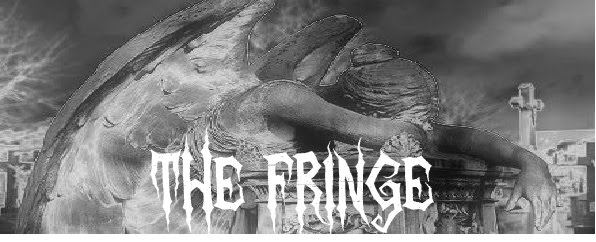Title: Michelangelo The Drawings of a Genius
Author: Klaus Albrecht Schroder
Publisher: Hatje Cantz
RRP: $99.00
ISBN: 9783775725897
Release Date: April 2011
Description:
A unique look at the graphic oeuvre of the great Florentine artist, with masterpieces from museums from around the world spanning a wide range of his works from youthful sketches to frescoes for the Sistine Chapel and later crucifixion scenes.
Michelangelo's drawings endowed human physique with an expressive musculature that remains to be rivaled in its feeling for corporeal articulation. His drawings of male nudes in particular, fraught as they are with tempestuous longing, project both tension and pliancy, and a compelling sense of health in the exertions and torque of bodies; he was also readily able to bring contrary qualities of grace and swiftness to depictions of women and cherubim. With over 300 color plates and extensive contextualizing scholarship, Michelangelo: The Drawings of a Genius is the most complete treatment of this work ever published, and thus constitutes a publication of great importance. Masterpieces from the world's finest museums are gathered here, from the early studies for the "Battle of Cascina" and the studies for the Sistine Chapel frescoes, to the drawings for the tomb of Julius II, the Medici tombs, the drawings for Tommaso de' Cavalieri and the later crucifixion scenes; also addressed are those works whose authenticity has been subject to debate. Works by other artists, done after the master's sketches, further illuminate the enormous influence of Michelangelo's art.
Painter, sculptor, poet, architect and engineer, Michelangelo di Lodovico Buonarroti Simoni (1475-1564) was both dauntingly prolific and relentlessly innovative in output. He sculpted two of his greatest works, the "Pieta" and "David," before he turned 30, and created two of the world's best-known paintings on the ceiling and walls of the Sistine Chapel in Rome--the creation scenes from "Genesis" and "The Last Judgment." Giorgio Vasari proposed that Michelangelo represented the pinnacle of all artistic achievement since the beginning of the Renaissance, a view that has survived to this day.
Review:
This book is one of the best books I have seen on Michelangelo's sketches and drawings. The tome is massive and not one you could read lying in bed at night as it weighs quite a bit. The size of the pages are immense, making every image a wonder to look at.
Michelangelo's drawings endowed human physique with an expressive musculature that remains to be rivaled in its feeling for corporeal articulation. His drawings of male nudes in particular, fraught as they are with tempestuous longing, project both tension and pliancy, and a compelling sense of health in the exertions and torque of bodies; he was also readily able to bring contrary qualities of grace and swiftness to depictions of women and cherubim. With over 300 color plates and extensive contextualizing scholarship, Michelangelo: The Drawings of a Genius is the most complete treatment of this work ever published, and thus constitutes a publication of great importance. Masterpieces from the world's finest museums are gathered here, from the early studies for the "Battle of Cascina" and the studies for the Sistine Chapel frescoes, to the drawings for the tomb of Julius II, the Medici tombs, the drawings for Tommaso de' Cavalieri and the later crucifixion scenes; also addressed are those works whose authenticity has been subject to debate. Works by other artists, done after the master's sketches, further illuminate the enormous influence of Michelangelo's art.
Painter, sculptor, poet, architect and engineer, Michelangelo di Lodovico Buonarroti Simoni (1475-1564) was both dauntingly prolific and relentlessly innovative in output. He sculpted two of his greatest works, the "Pieta" and "David," before he turned 30, and created two of the world's best-known paintings on the ceiling and walls of the Sistine Chapel in Rome--the creation scenes from "Genesis" and "The Last Judgment." Giorgio Vasari proposed that Michelangelo represented the pinnacle of all artistic achievement since the beginning of the Renaissance, a view that has survived to this day


No comments:
Post a Comment